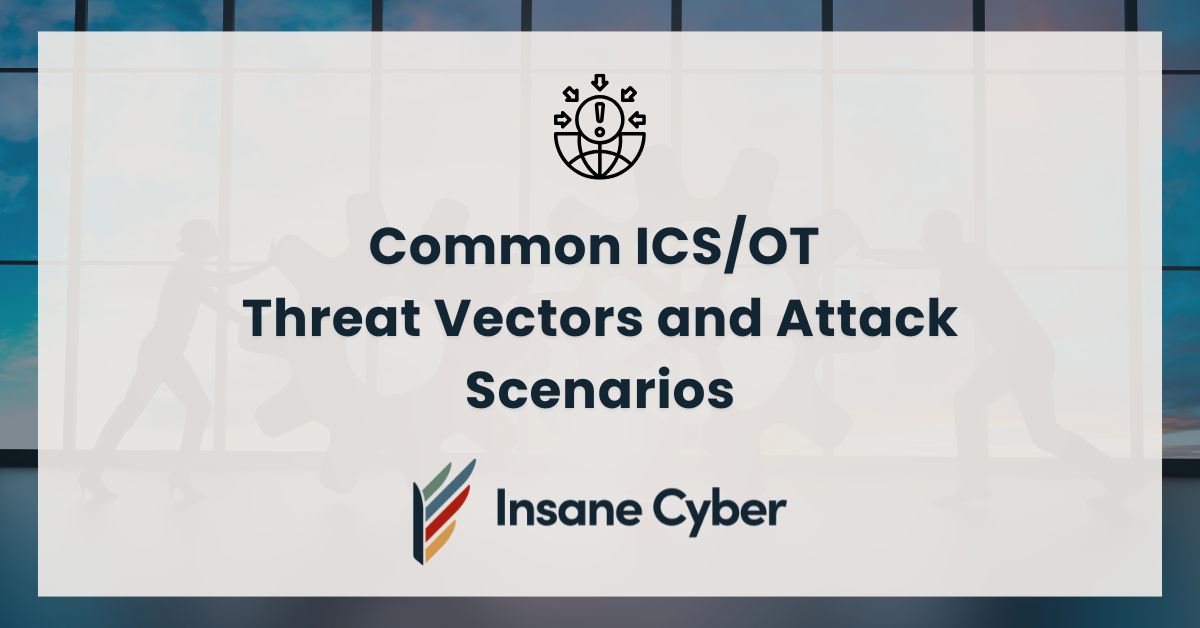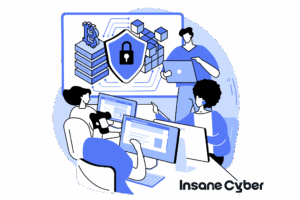Navigating the Evolving ICS/OT Cybersecurity Landscape
Industrial control systems (ICS) and operational technology (OT) power the world’s most critical infrastructure—from energy and utilities to manufacturing, water treatment, and transportation.
Yet, these mission-critical environments are facing an unprecedented surge in cyber threats that can cause devastating physical and operational consequences.
Due to outdated software, limited patching capabilities, and the enormous cost of downtime, ICS/OT systems remain especially vulnerable. For security professionals, engineers, and risk managers, understanding the distinct threat landscape in these environments is a critical step toward building a robust defense strategy.
Top Cyber Threats Facing ICS and OT Networks
Cybercriminals continuously adapt their tactics to exploit weaknesses in industrial networks. Below are the most prevalent attack vectors targeting ICS and OT systems:
1. Supply Chain Compromise
Threat actors often target trusted software or hardware vendors to infiltrate ICS networks indirectly. By injecting malicious code during production or update distribution, attackers can bypass perimeter defenses.
Notable Example: The SolarWinds incident revealed the far-reaching impact of supply chain compromises, with attackers gaining backdoor access to thousands of networks through a tampered update.
2. Social Engineering & Phishing
Phishing attacks continue to succeed—even in technical environments. Cyber attackers send deceptive emails that impersonate trusted partners or internal contacts, tricking staff into revealing credentials or installing malware.
Why It’s Effective: Many OT personnel lack formal cybersecurity training, making them susceptible to well-crafted phishing attempts.
3. Exposed Remote Access Points
Remote access is essential for monitoring and troubleshooting distributed systems. But without hardened configurations and strong authentication protocols, these access points often serve as open doors for intruders.
4. Insider Risk
Insider threats—whether intentional sabotage or accidental missteps—pose a serious challenge. Employees with access to sensitive systems can unintentionally install malware or misconfigure devices, exposing the network to attack.
5. Malware and Ransomware in Industrial Networks
Ransomware isn’t limited to IT. Once inside an OT environment, malware can disrupt production, disable safety systems, and create dangerous downtime.
High-Profile ICS/OT Attacks: Lessons Learned
Ukrainian Power Grid Attack (2015)
Hackers used spear-phishing to gain access to the control systems of a Ukrainian utility provider, causing power outages for over 230,000 people.
Takeaway: Targeted email attacks can have real-world consequences, disrupting vital infrastructure.
Stuxnet (2009)
This highly sophisticated worm targeted industrial controllers at Iran’s nuclear facilities, sabotaging physical equipment via cyber means.
Takeaway: ICS threats can originate from state-level actors with intent to cause lasting physical damage.
Triton/Trisis Malware (2017)
This malware attacked a safety instrumented system (SIS) at a petrochemical plant, aiming to disable safety controls and enable hazardous conditions.
Takeaway: Attacks on safety systems are no longer hypothetical—they’re an emerging reality.
Building a Proactive ICS/OT Security Strategy
Reactive defenses aren’t enough. Organizations must adopt proactive security practices tailored to the unique needs of OT networks.
1. Perform Regular Vulnerability Scans
Audit all systems—including legacy components—for known weaknesses. Focus on third-party integrations and outdated protocols that are often overlooked.
2. Segment OT from IT Networks
Separate operational and enterprise networks to limit the spread of threats. Proper segmentation ensures that a breach in IT doesn’t compromise industrial systems.
3. Implement Role-Based Access and Zero Trust
Restrict access based on user roles and enforce multi-factor authentication (MFA). Every access request should be verified, regardless of origin.
4. Monitor for Anomalous Activity
Deploy OT-specific intrusion detection systems (IDS) to flag unusual behaviors in real time. These tools can help detect stealthy threats before damage occurs.
5. Track Both Network and Host-Level Events
Combine network monitoring with endpoint detection to gain comprehensive visibility. Some attacks bypass the network entirely and live on the host.
6. Train Staff on Cyber Hygiene
Cybersecurity awareness isn’t just for IT. Plant operators and engineers must be trained to recognize social engineering, phishing, and suspicious behaviors.
7. Establish a Formal Incident Response Plan
Prepare for the inevitable. Your response plan should outline how to detect, isolate, and remediate an incident—complete with regular drills and updates.
Securing the Future of ICS and OT
ICS/OT cybersecurity is no longer a niche concern—it’s a frontline issue for national security and business continuity. Understanding the risks and adopting a proactive mindset are critical for defending essential infrastructure.
By learning from real-world attacks and embracing best practices—such as network segmentation, vulnerability management, and user training—you can dramatically reduce your exposure.
Ready to strengthen your OT defenses? Explore our advanced security solutions tailored for industrial environments. Because in today’s threat landscape, prevention isn’t optional—it’s your first line of survival.







